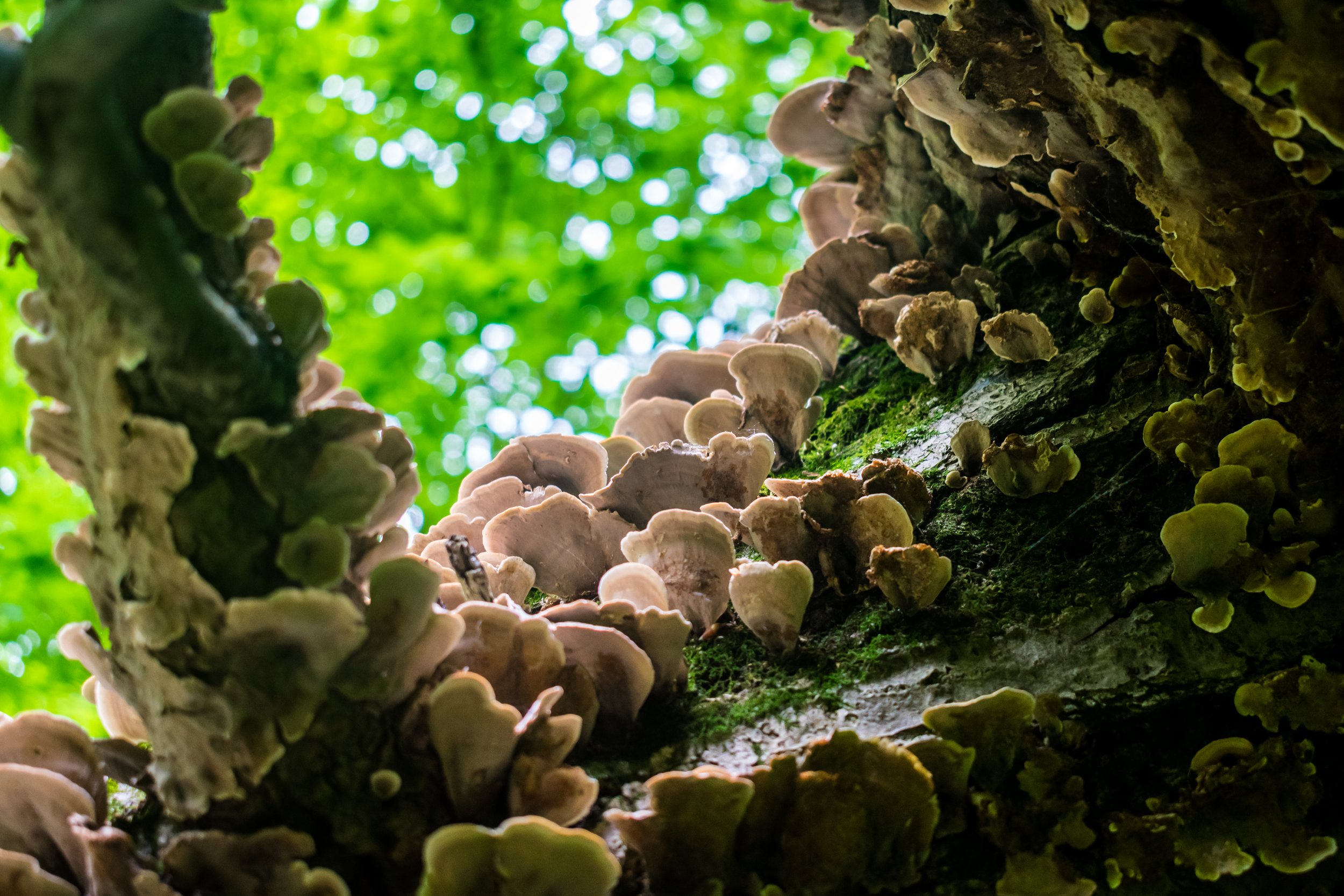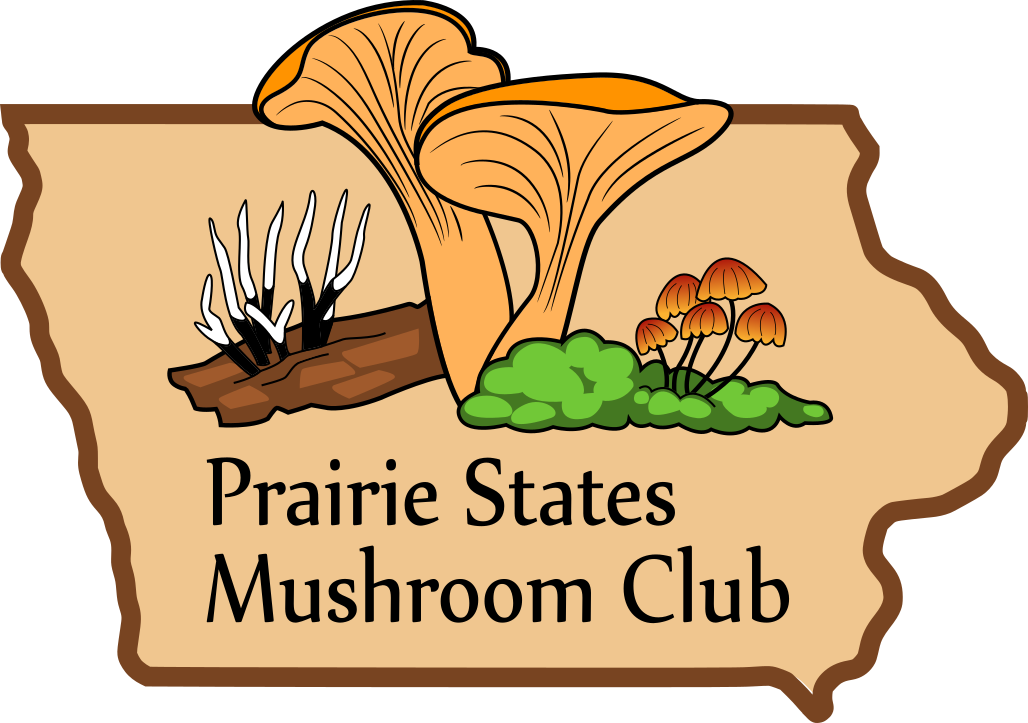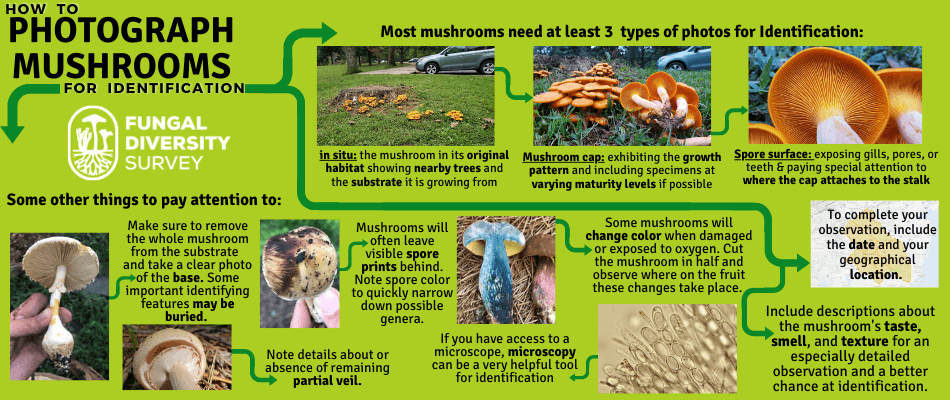
Iowa Fungal Biodiversity Project
The Iowa Fungal Biodiversity project was founded in 2018 to organize collection of Iowa fungi for sequencing.
To date, we have collected over 300 fungal specimens for sequencing. We have 48 sequences of Iowa collections, and this year we will be sequencing many, many more.
When possible, we like to send fungal specimens to researchers directly. Scroll down for more info on specific projects, and how you can help.
How to Contribute
Contributing to the Iowa Fungal Biodiversity Project is, at its core, quite simple. There are a few basic steps that you must follow.
All collections must have an iNaturalist observation. Make sure to download the iNaturalist app on your phone and create an account. How to use iNaturalist: https://www.inaturalist.org/pages/getting+started. Even if you are not interested in collecting fungi, uploading your Iowa finds to iNaturalist is still very helpful!
Fungi need to be in good condition. Avoid old, nasty, dirty, bug-eaten fungi. Mushrooms being parasitized by other fungi are the exception.
Fungi collected must be dehydrated and stored in a bag (plastic, paper, or wax paper) labeled with their iNaturalist observation number. All the info we need (date, location, collector, photos, identification, notes) are contained within the observation.
Contact sarahgduhon@gmail.com to coordinate receipt of dried specimens. If you have many, consider keeping a list or spreadsheet, so we can more easily add them to our collection spreadsheet.
If you are new to identifying fungi, there are several things to keep in mind!
Documenting mushrooms properly is very important to identification. It is not uncommon to find unnamed species, so it is great to have clear, thorough photos for use in future publications.
At minimum, you should have a pictures from the top, side, and bottom (so gills/pores/etc. are visible), then back up a step and take a picture of where (and on what) the mushroom was growing. More pictures are always better. Some mushrooms, such as Amanitas and Boletes, have more identifying characteristics such as warts, volvas, and color change. It is very helpful to document features such as smell, taste, spore size and shape, other microscopic characteristics, and reaction to KOH, ammonia, and iron salts, but you do not have to get that nerdy. https://www.mushroomexpert.com/studying.html#collecting.
When collecting the specimen, brush off excess dirt without removing the base, and store separate from other collected fungi. Tackleboxes and wax paper bags are excellent for this. Ideally you should take several fruitbodies, not just one or a piece. When you get home, dehydrate your mushrooms as soon as possible at no more than 120F until cracker-dry (excess heat will destroy DNA). Cut large mushrooms into halves, quarters, or strips to facilitate even drying. Small mushrooms can be air dried. Store collections in plastic or wax paper bags, or in paper envelopes with their iNaturalist observation number on the bag.
For even more information about collecting mushrooms for sequencing, check out FunDiS’s collection protocols:
Research Projects
Unless otherwise stated, the collection guidelines above are satisfactory for these projects.
Lentinus tigrinus (Tiger Sawgill)
Dr. David Hibbett and PhD student Thomas Roehl of Clark University are looking for specimens of Lentinus tigrinus, or Tiger Sawgill. The Hibbett Lab is interested in the evolution of morphological diversity in Agaricomycetes, and they are currently undertaking genetic studies aimed at resolving the mechanism of the agaricoid-secotioid switch in L. tigrinus. Collection instructions may be found here (link may change in the near future): https://hibbettlablog.wordpress.com/fungi-wanted/. In addition to the usual protocol, please make a spore print on tin foil or a petri dish. Contact: dhibbett@clarku.edu and troehl@clarku.edu.
Pezizales (Cup Fungi)
Dr. Rosanne Healy was one of the first members of PSMC and is currently an Assistant Scientist and Collections Manager for the University of Florida Plant Pathology Department. She is interested in Pezizales, an order of Ascomycetes (cup fungi) and is always on the lookout for interesting Pezizales specimens for sequencing and archival at the University of Florida Mycological Herbarium. Pezizales include fungi such as morels, truffles, and many different kinds of cup fungi. Contact: rhealy1@ufl.edu.

